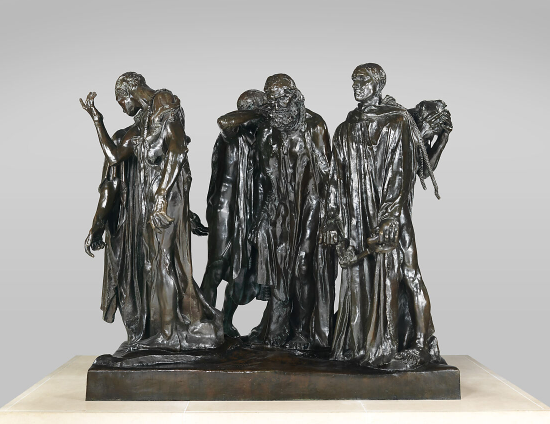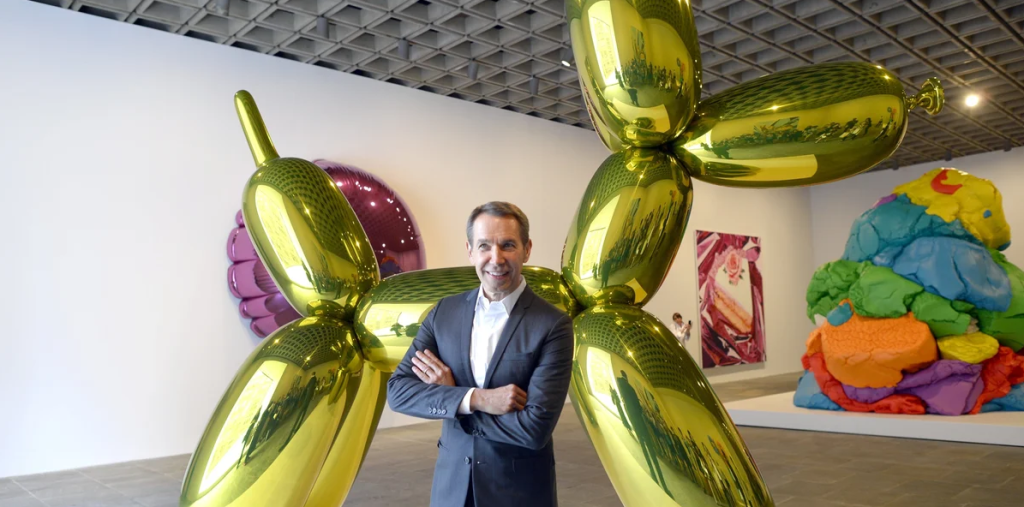Embodying Emotion: A Closer Look at Rodin’s Masterpiece ‘The Thinker’
Auguste Rodin’s “The Thinker” is one of the most recognized sculptures in the world. It embodies not just the act of thinking but also the deep emotions and contemplation that come with it. Understanding this masterpiece offers insight into both art and the human experience, making it relevant to anyone curious about culture and creativity.
The Inspiration Behind ‘The Thinker’
Rodin initially conceived “The Thinker” as part of a larger work titled “The Gates of Hell,” inspired by Dante Alighieri’s “Divine Comedy.” The figure represents Dante himself, pondering the fate of souls damned to hell. This origin story adds a rich literary context to the sculpture, transforming it from merely a figure of contemplation to a profound symbol of existential thought. Rodin’s ability to convey such depth through a solitary figure showcases not just artistic talent but also a keen understanding of human emotions.
The Physicality of Thought
What makes “The Thinker” so captivating is Rodin’s extraordinary attention to the physicality of the human body. The statue’s muscular form and intricate details convey a sense of tension and intensity. Positioned with his chin resting on his hand, the figure’s posture invites viewers to connect emotionally. This physicality allows audiences to relate to the figure’s struggle, making us reflect on our own moments of doubt and contemplation. Rodin’s skill in capturing the essence of thought through the body serves as a reminder of how deeply intertwined our mental and physical experiences are.
Cultural Impact and Legacy
Since its creation, “The Thinker” has transcended the art world, becoming a cultural icon symbolizing philosophy, introspection, and the pursuit of knowledge. It has appeared in various forms of media, inspired countless artists, and sparked debates on the nature of thought itself. The sculpture has been reproduced and interpreted in numerous ways, highlighting its enduring relevance. By examining “The Thinker,” we are prompted to consider our own ideas about contemplation and existence, making this artwork a vital part of our collective consciousness.
In conclusion, embracing the emotional depth and historical context of Rodin’s “The Thinker” can enrich our understanding of both art and ourselves. Whether you’re an art lover, a student, or simply someone curious about human emotions, exploring this masterpiece offers a wealth of insights. Dive deeper into art or philosophy, and let “The Thinker” inspire your own reflections.


